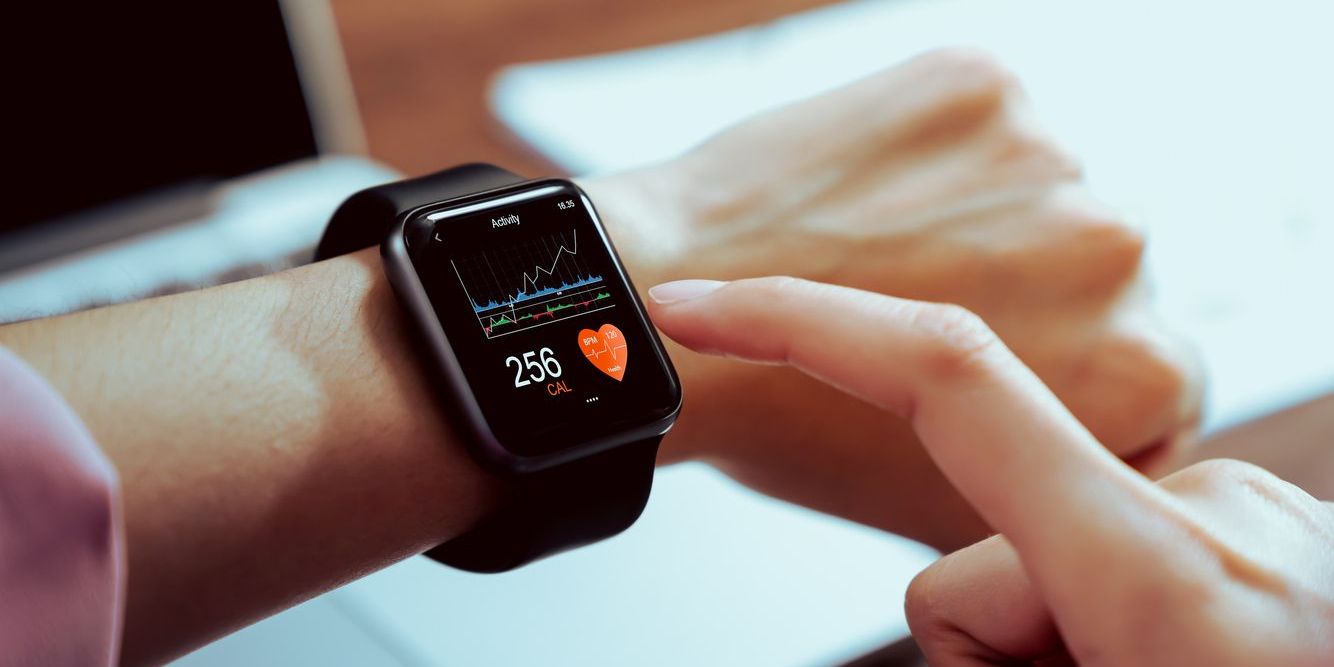Heart Rate Monitors

A fundamental aspect of overall health management
Monitoring your heart rate is a fundamental aspect of effective fitness training and overall health management. Heart rate monitors (HRMs) provide real-time data, enabling you to optimise workouts, track progress, and maintain safe exercise intensities. Whether you’re a seasoned athlete or just beginning your fitness journey, understanding the benefits and types of heart rate monitors can help you make informed decisions.
Best Selling Heart Rate Monitors by Type
What Are Heart Rate Monitors?
Heart rate monitors are devices designed to measure and display your heart rate in beats per minute (BPM). They utilise sensors to detect the electrical activity of the heart or blood flow, providing immediate feedback on your cardiovascular performance. This information is invaluable for tailoring workouts to meet specific fitness goals and ensuring you’re exercising within your optimal heart rate zone.
Benefits of Using Heart Rate Monitors
- Optimise Training – By monitoring your heart rate, you can adjust the intensity of your workouts to align with your fitness objectives, whether it’s fat burning, endurance building, or peak performance.
- Prevent Overtraining – Real-time data helps you avoid pushing your body beyond its limits, reducing the risk of injury and ensuring adequate recovery.
- Track Progress – Consistent monitoring allows you to observe improvements in your cardiovascular fitness over time, providing motivation and insight into your health.
- Personalised Feedback – Heart rate monitors offer data tailored to your body’s responses, enabling more effective and customised training plans.
Types of Heart Rate Monitors
- Chest Strap Monitors – These devices use electrodes to detect heartbeats and transmit data to a wrist display or smartphone app. Known for their accuracy, they are favoured by athletes and serious fitness enthusiasts.
SaleBestseller No. 1
- Wrist-Based Monitors – Often integrated into fitness trackers and smartwatches, these use optical sensors to measure blood flow. They offer convenience and are suitable for general fitness purposes.
SaleBestseller No. 1
- Arm Strap Monitors – Worn on the upper or lower arm, these devices use optical sensors similar to wrist-based monitors but can provide more consistent readings during varied activities.
Bestseller No. 1
- Finger Sensors and Ear Clip Monitors – Less common, these are typically used in medical or specific training scenarios where continuous monitoring isn’t required.
Bestseller No. 1
Best-Selling Heart Rate Monitors
- Polar H10 Heart Rate Monitor Chest Strap – Renowned for its precision, the Polar H10 offers Bluetooth and ANT+ connectivity, making it compatible with various devices and fitness apps.
- Garmin HRM-Dual Heart Rate Monitor – This chest strap provides real-time heart rate data via ANT+ and Bluetooth, ensuring broad compatibility with Garmin devices and third-party apps.
- Wahoo TICKR Heart Rate Monitor – Featuring dual-band technology, the Wahoo TICKR connects to smartphones, GPS watches, and bike computers, offering reliable heart rate and calorie burn data.
- Myzone MZ-3 Physical Activity Belt – A versatile chest strap monitor that provides 99.4% accuracy and connects to smartphones and gym equipment via Bluetooth and ANT+.
- Scosche Rhythm+ Heart Rate Monitor Armband – An alternative to chest straps, this armband uses optical sensors and offers Bluetooth and ANT+ connectivity, suitable for those seeking comfort and accuracy.
Final Thoughts
Incorporating a heart rate monitor into your fitness routine can significantly enhance the effectiveness and safety of your workouts. By selecting a device that aligns with your specific needs and preferences, you can gain valuable insights into your cardiovascular health and make informed decisions to reach your fitness goals.




























